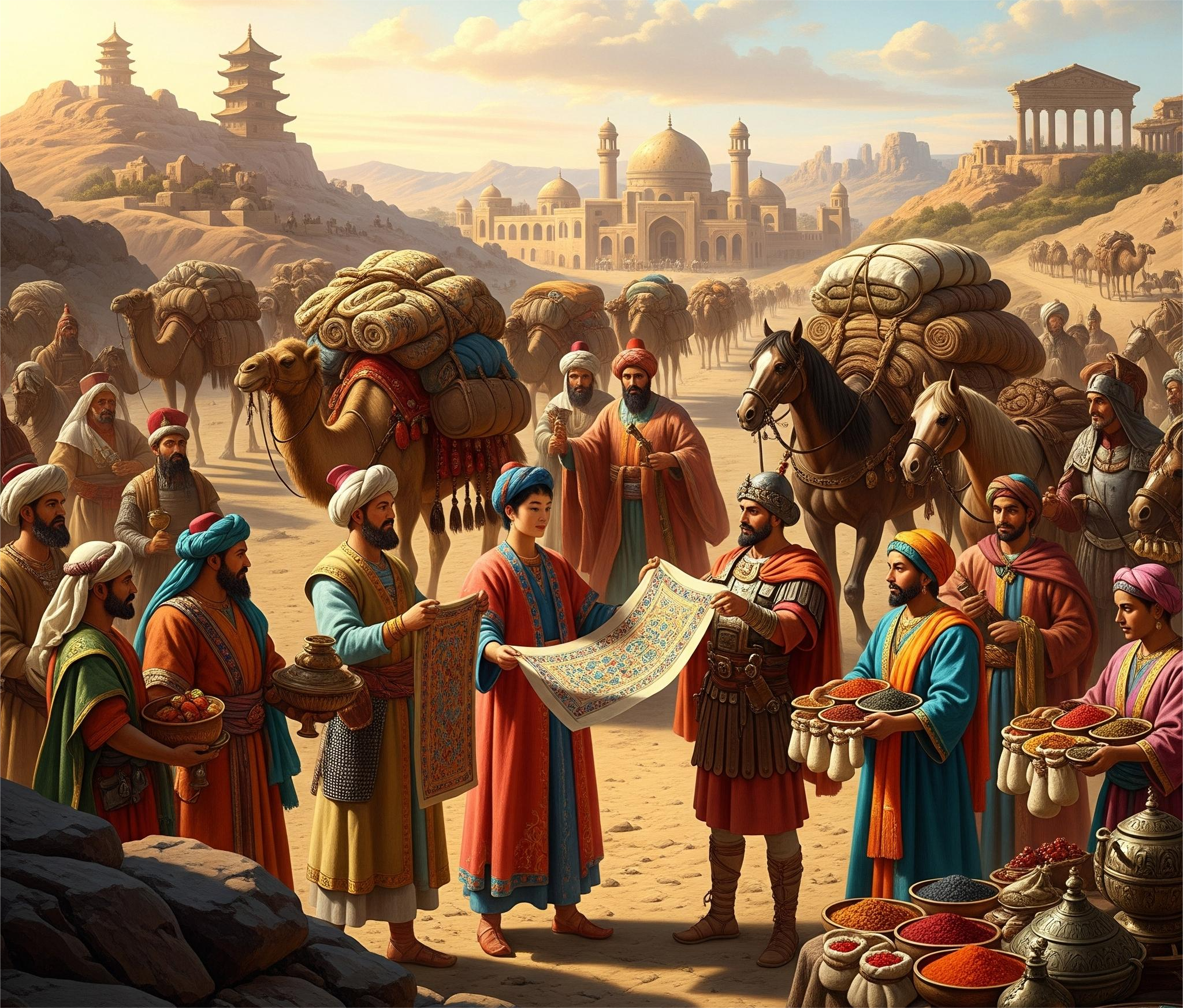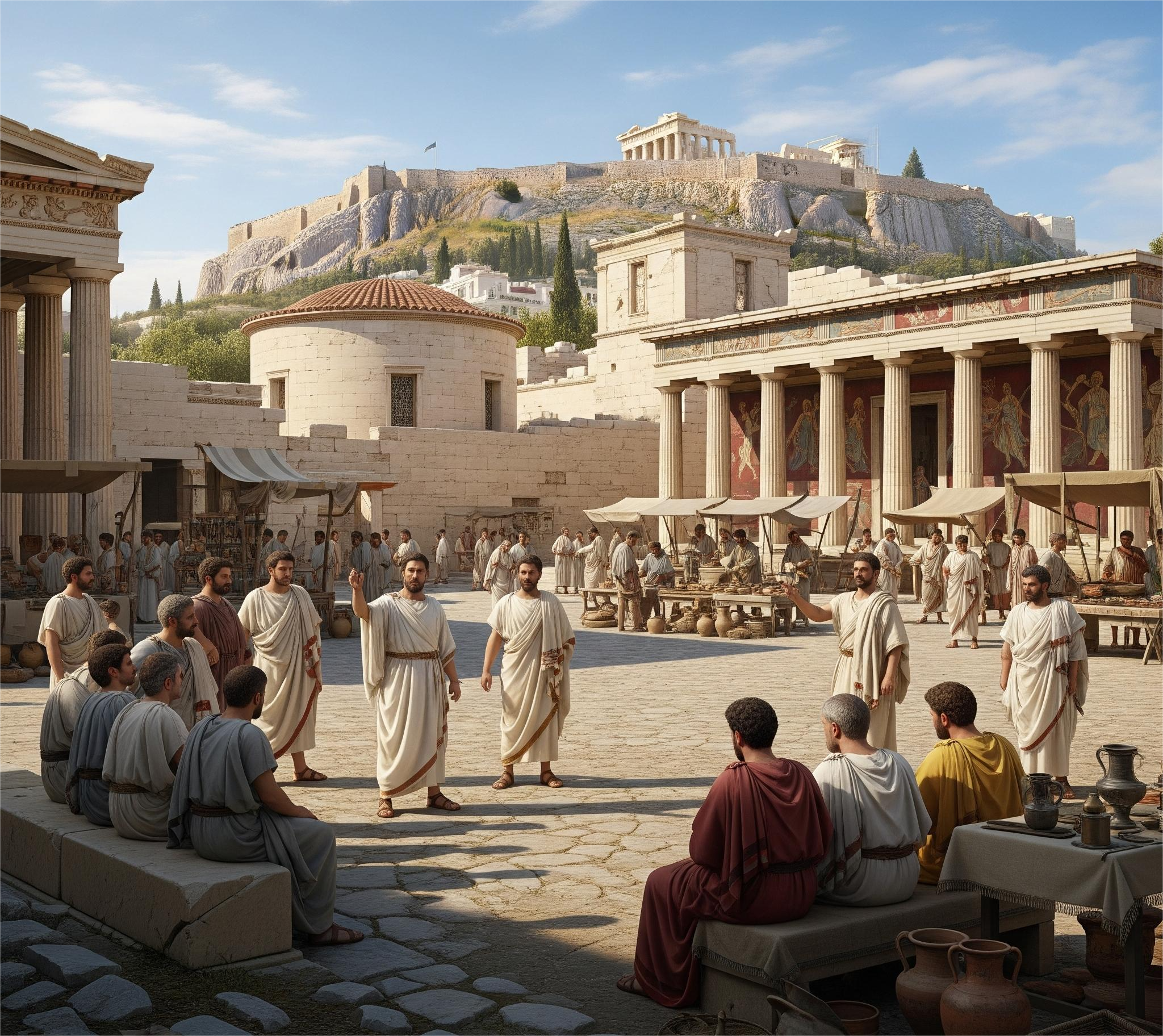Introduction
Shamans have played a crucial role in ancient tribal cultures, serving as spiritual leaders, healers, and mediators between the human and spirit worlds. Their practices, rooted in deep spiritual traditions, provided guidance, protection, and healing for their communities. This article explores the religious and healing practices of shamans in ancient tribal societies, shedding light on their significance and enduring legacy.
The Spiritual Role of Shamans
Shamans were believed to possess the ability to communicate with the spirit world, acting as intermediaries between the physical and supernatural realms. Through rituals, chants, and trance-like states, they sought guidance from ancestral spirits, nature deities, and other supernatural beings. This spiritual connection enabled them to provide wisdom, foresee future events, and offer solutions to communal problems.
Healing Practices
One of the primary functions of shamans was healing. They employed various methods to cure illnesses, which they often attributed to spiritual imbalances or malevolent forces. Healing practices included:
Herbal Medicine: Shamans possessed extensive knowledge of plants and their medicinal properties, using them to treat ailments and injuries.
Energy Healing: They performed rituals to balance the energies within a person's body, often through chanting, drumming, or the use of sacred objects.
Soul Retrieval: Shamans believed that trauma or illness could cause a person’s soul to fragment, leading to sickness. They conducted ceremonies to retrieve lost soul fragments and restore wholeness.
Exorcisms and Cleansing Rituals: To remove harmful spirits or negative energies, shamans performed purification rites, often using fire, smoke, or water.
Rituals and Ceremonies
Shamanic rituals varied across different tribal cultures but shared common elements. These ceremonies included:
Vision Quests: A rite of passage where individuals, often young men, sought spiritual enlightenment and guidance through isolation, fasting, and meditation.
Animal Spirit Summoning: Shamans called upon animal spirits for wisdom, protection, and strength, believing that each creature held unique spiritual power.
Drumming and Dancing: Music played a vital role in shamanic ceremonies, with rhythmic drumming and dance used to induce altered states of consciousness.
Offerings and Sacrifices: To appease spirits and seek blessings, shamans often made offerings of food, animals, or symbolic objects.
The Legacy of Shamanism
Although many ancient shamanic traditions have faded over time, their influence persists in modern spiritual practices. Elements of shamanism can be seen in contemporary holistic healing, indigenous rituals, and even modern psychotherapy, where concepts like soul retrieval are explored in trauma therapy.
Conclusion
Shamans were vital figures in ancient tribal societies, guiding their people through spiritual, physical, and emotional challenges. Their deep connection to nature, spirits, and healing practices provided stability and wisdom to their communities. The enduring legacy of shamanism continues to shape spiritual and healing traditions around the world, offering valuable insights into humanity’s ancient connection with the unseen world.







